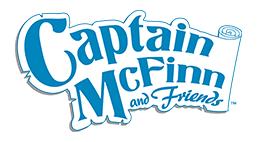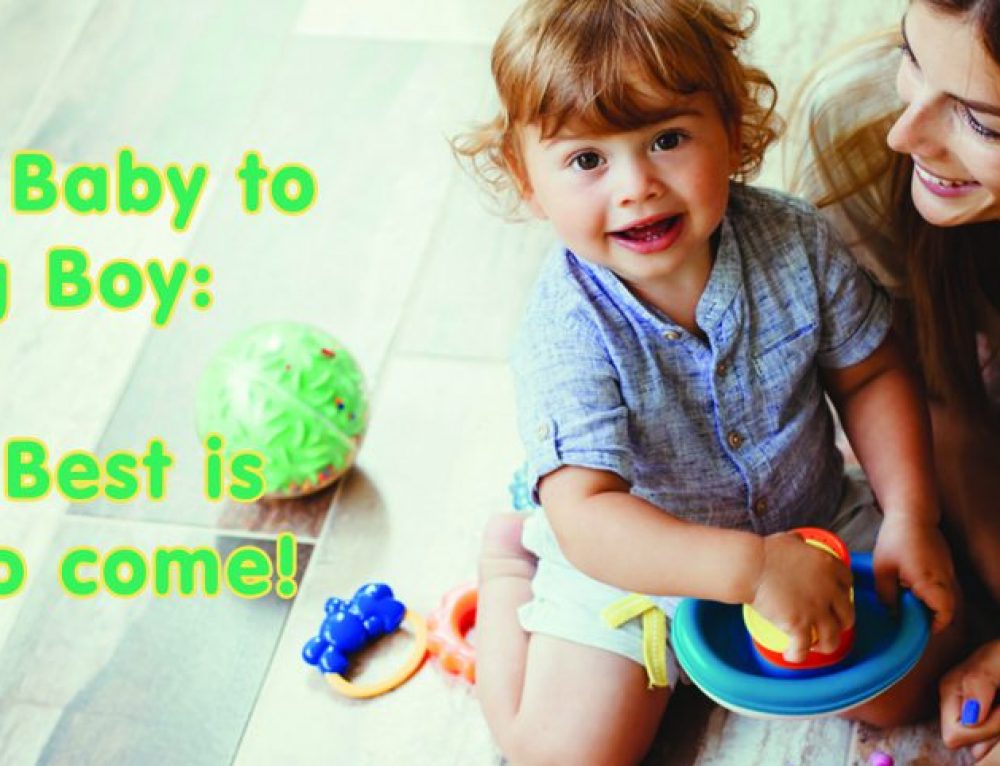
Being a parent comes with plenty of worry and concern from the moment you leave the hospital. You wonder if your child is eating enough, sleeping enough and a variety of other questions that can’t always be answered quickly. One of those questions could potentially include “Does my child have a mental, emotional or behavioral disorder?”.
It can often be difficult to distinguish between common typical behaviors and atypical behaviors that could potentially warrant follow up by a medical professional. However, taking note of these behaviors and taking action could potentially increase your child’s quality of life.
Birth to 1 year:
Crying is typical of any child. Babies cry when they’re hungry, tired, frustrated, bored and many other reasons. However, if your child cries excessively after their needs have been met, it may be a sign that follow-up is needed. Of course both of your sleep schedules will be off a little bit for the first few months at home as you adjust to new life and your baby adjusts to being outside of the womb. But excessive periods of not sleeping regularly is considered an atypical behavior. Other behaviors of concern include little to no eye movement or no ability to hold focus on your face or a solid object, rigid or tightening muscles for a prolonged period of time and no reactions to smiling or pleasant interactions.
1 to 3 years:
Between the ages of 1 and 3 your child does lots of new things and surpasses many milestones. Walking, running, climbing, toilet training, talking, saying “no” (a lot!), getting into mischief and having tantrums are all staples of the toddler world. But being fearful of exploration, having a lot of anxiety about small tasks, screaming instead of using words and being over reactive and overwhelmed by various stimuli can all be signs of a disorder. Minimal separation anxiety is to be expected when the child is out of the care of parents or loved ones, but severe separation anxiety that cannot be redirected or handled by distraction could also be a cause for concern.
3 to 5 years:
Dangerous behaviors between 3 and 5 years old can include being cruel to children or animals or harming themselves or others without regret, remorse or understanding of consequences. These behaviors can also include fascination with dangerous things such as fire or dangerous actions such as biting or hitting. But sometimes atypical behaviors that can indicate a disorder aren’t always as obvious. Other actions of concern could include responding negatively to shared attention, belligerent responses to a change in schedule or unfamiliar situation and consistent use of bad language.
A key piece of action in any road to a diagnosis is documentation. Document and describe the behavior of concern. Note things such as reactions, frequency, duration and intensity. Report these things to the proper health care provider. It’s ok to be diligent. If your doctor dismisses your observations, find a new one. Always go with your instinct.
Often times the realization that a child’s behavior requires professional attention can be painful or frightening. Many parents don’t want to medicate their children or subject them to special attention by teachers and other authority figures. But the sooner a diagnosis is made the sooner the road to treatment and better of quality of life can begin.



